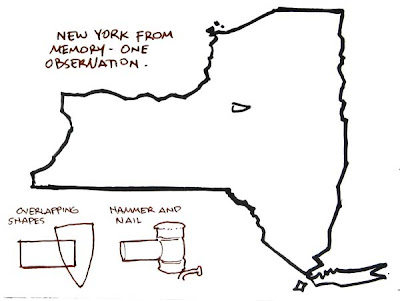Mr. Pyle didn’t write down a lot of theories because he was suspicious about systems or formulas. He believed that pictures were made by inspiration, not by analysis. “The student learns rules,” he said. "But all the rules in the world never make a picture.”
 Fortunately he did speak about his ideas of picturemaking during class sessions at the Brandywine school. Several of his students wrote down what he said. One good set of notes comes from W.H.D. Koerner, who became a notable illustrator of western subjects.
Fortunately he did speak about his ideas of picturemaking during class sessions at the Brandywine school. Several of his students wrote down what he said. One good set of notes comes from W.H.D. Koerner, who became a notable illustrator of western subjects. TONE
Keep your picture simple in tone. The fewer the tones the simpler and better your picture. The more tones in a picture the harder [it is] to do.
If a face against the light seems dark, it sometimes can be lightened by darkening the hair or hat.
If you feel your white isn’t light enough, make it still lighter.
Keep pretty much same tone quality in flesh and white cloth except in the shadows.
A white coat in a room must be a trifle darker than your white light out of doors.
Forget your drawing and stick to tone. If you get balled up on a part of picture, go back to the tone and don’t rely on drawing.
EDGES
The study of edges is the main thing, outside of tones.
One way to get a spiritual feeling in a certain figure [is to] keep everything softer in that figure than in other parts of picture and let light radiate away from it.
Tomorrow we’ll look at Koerner’s notes from Pyle regarding light and shadow.
























